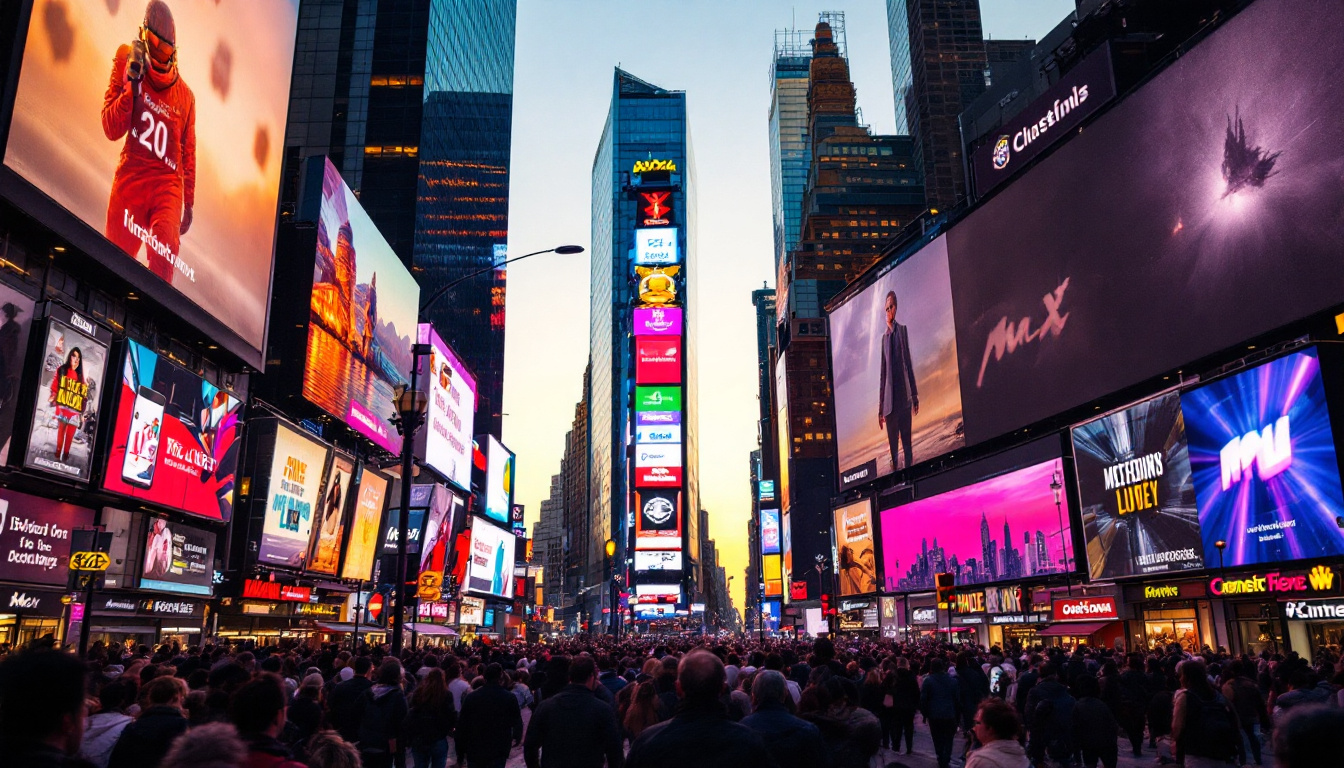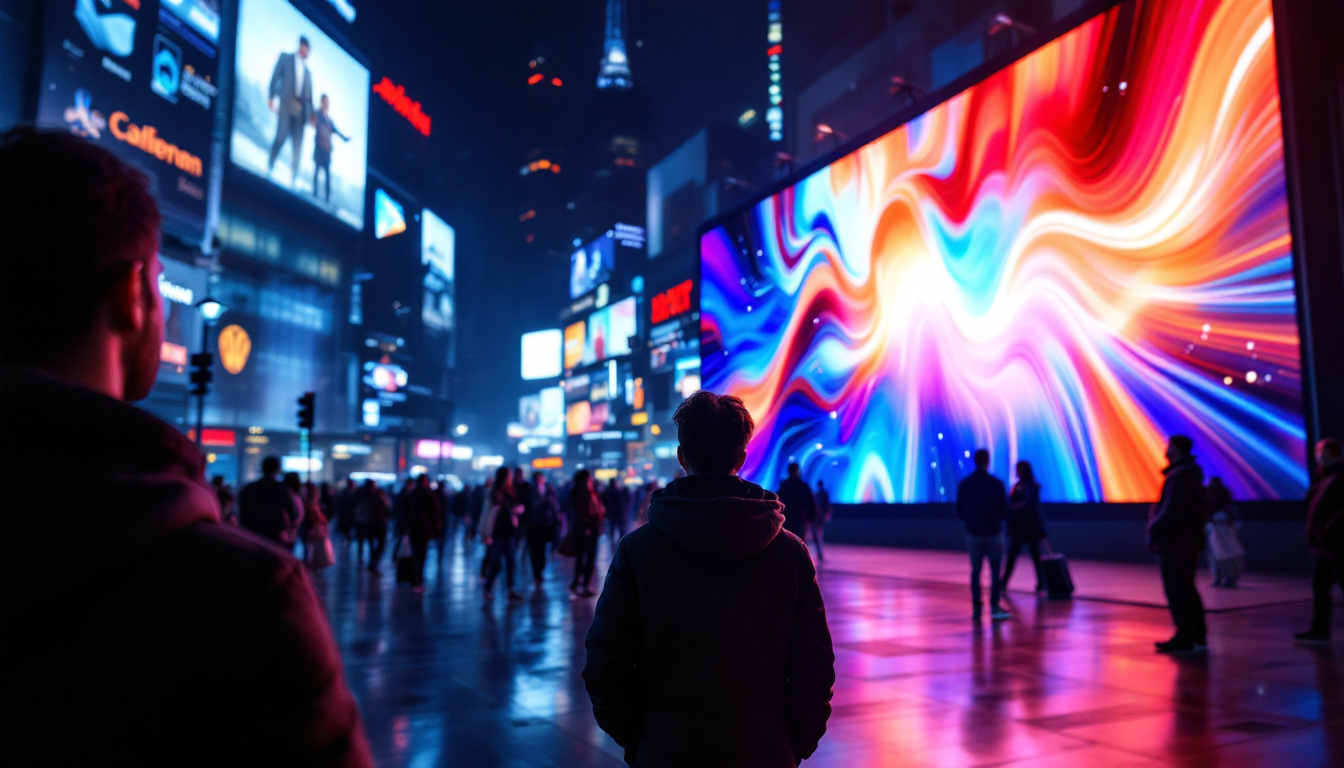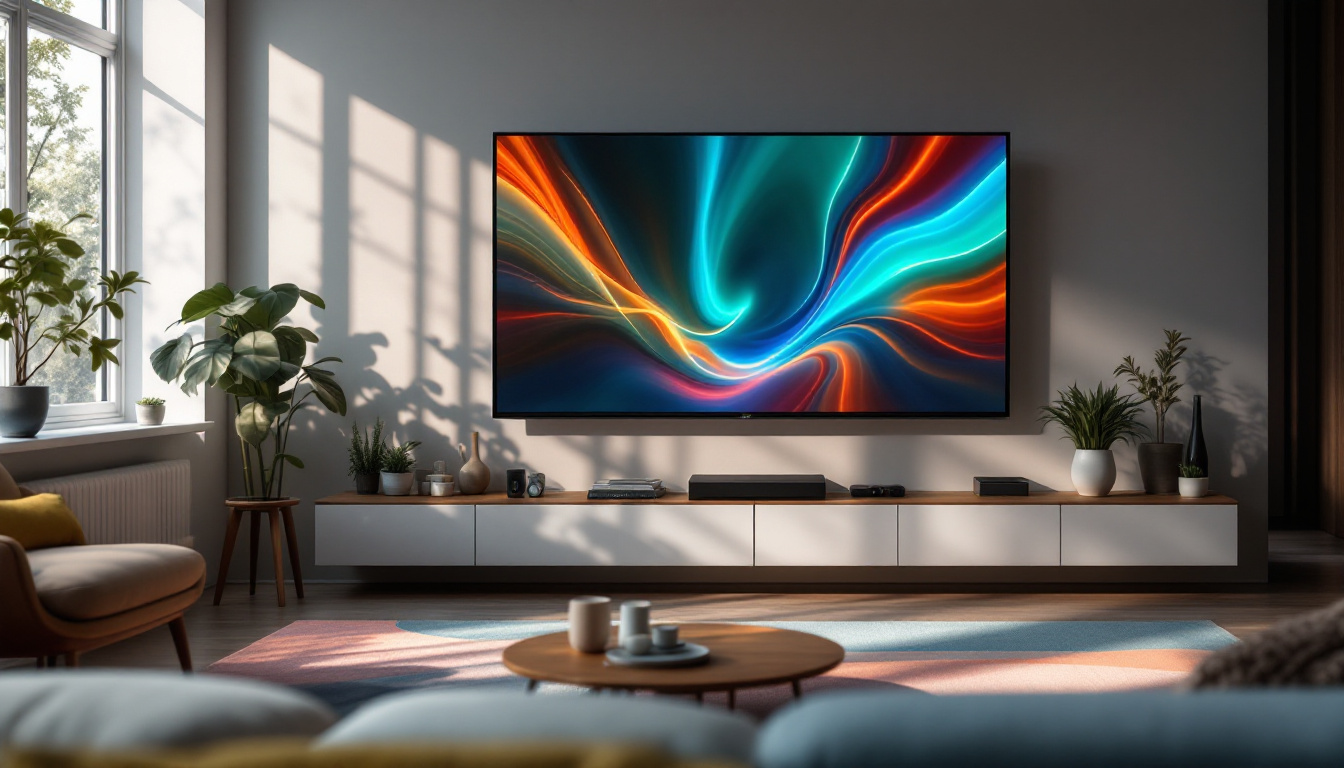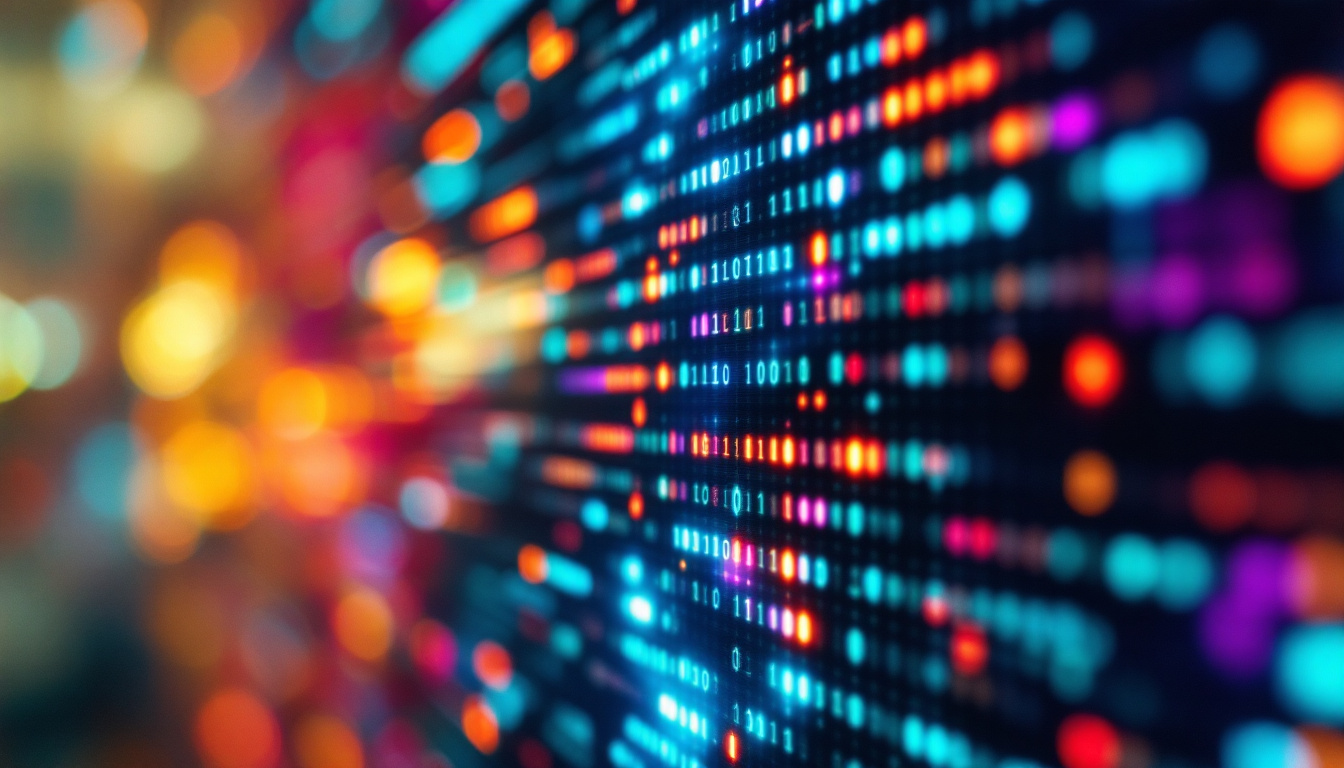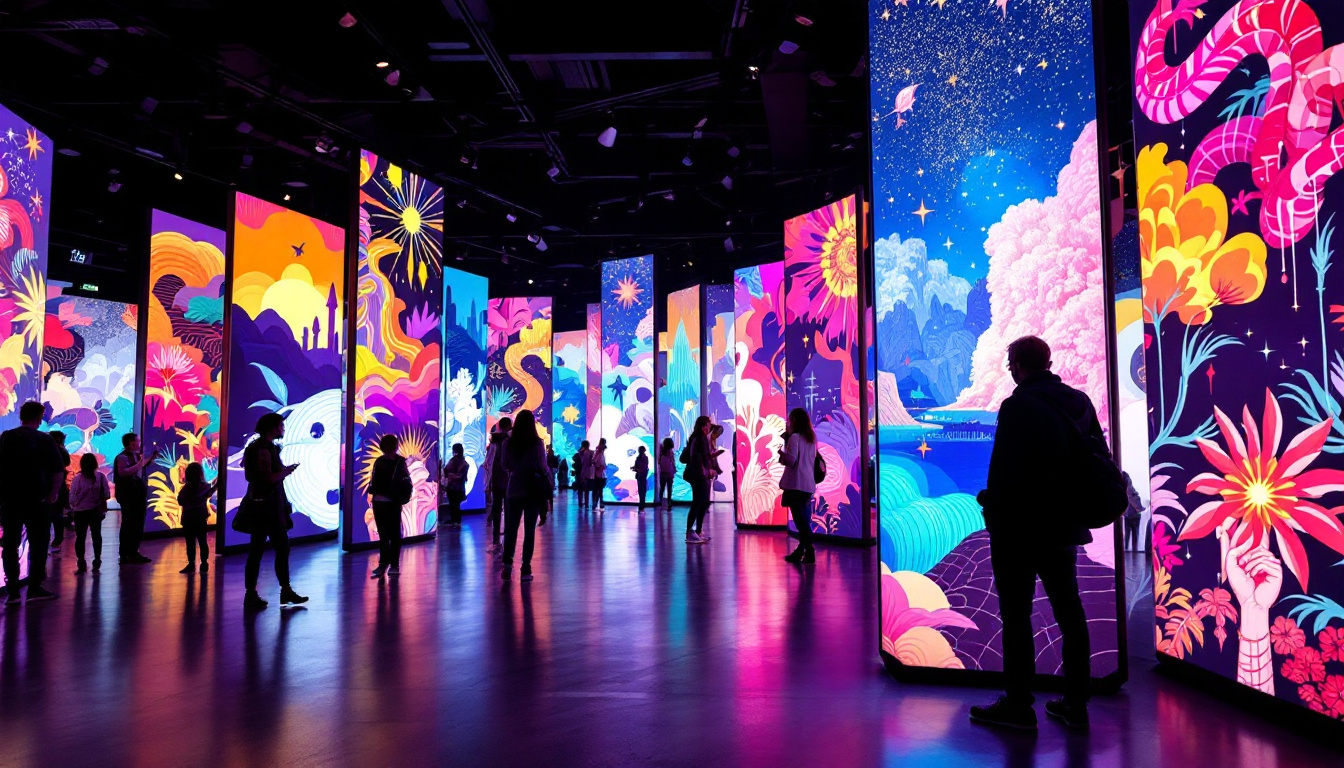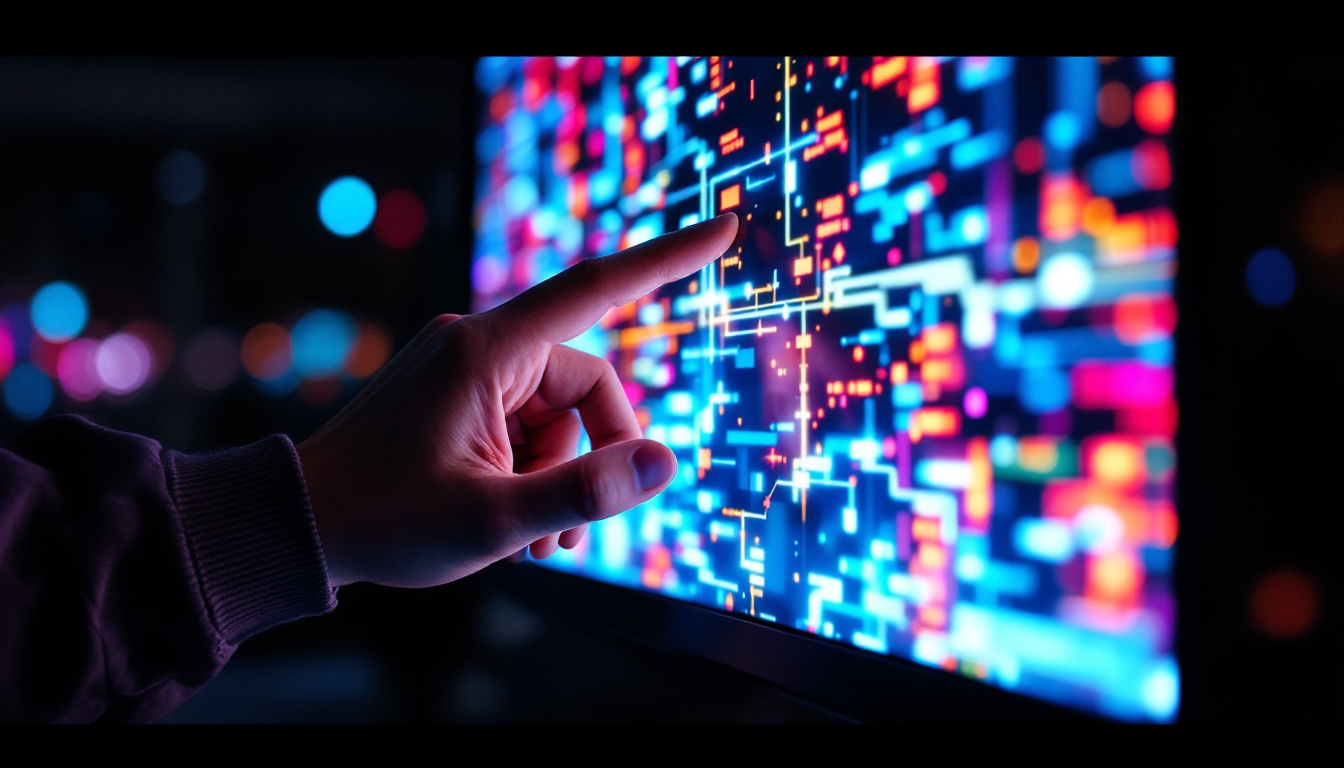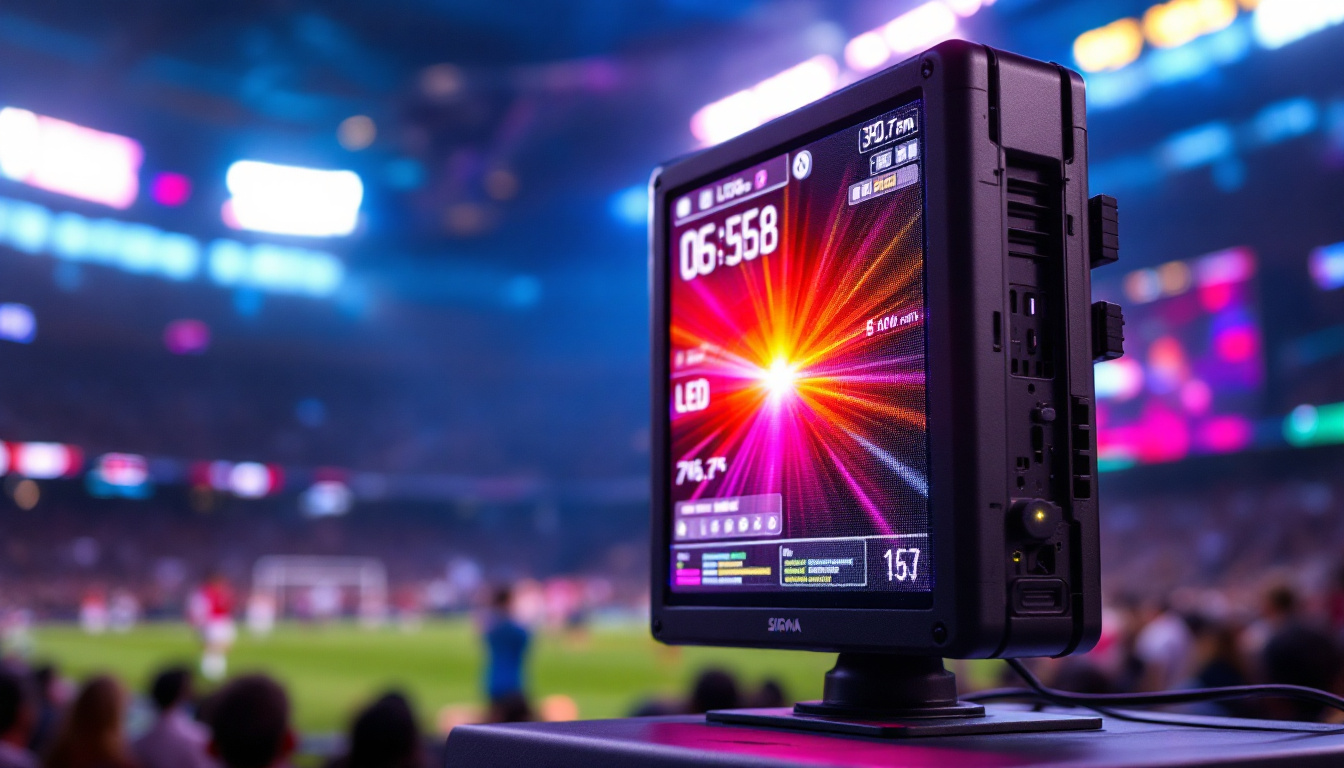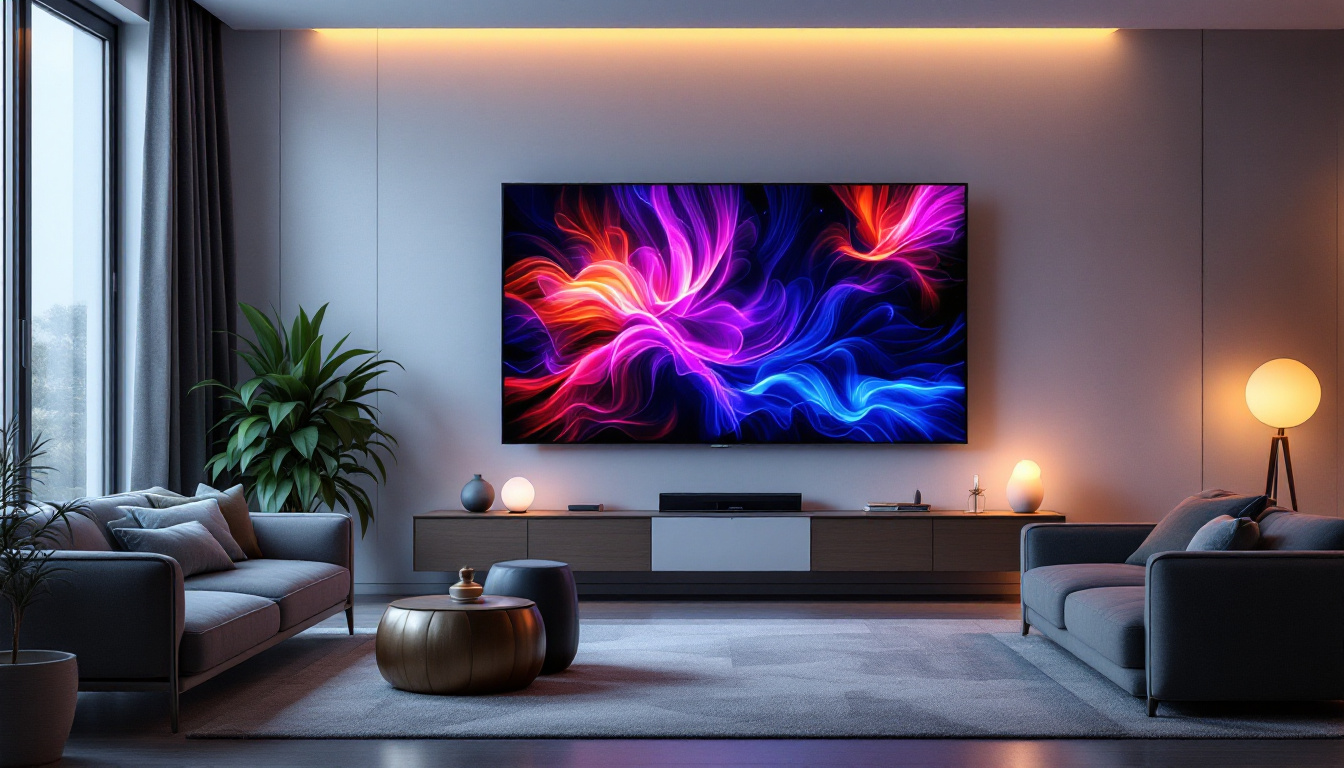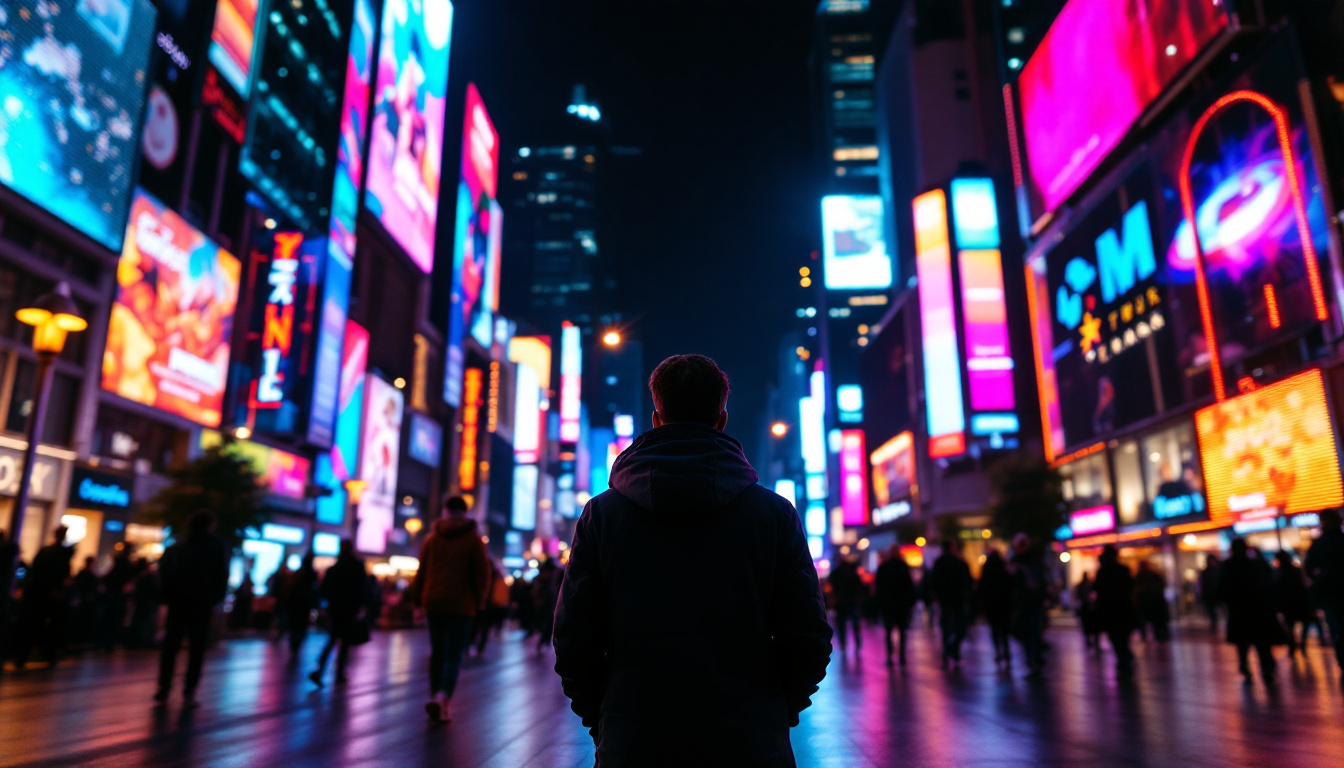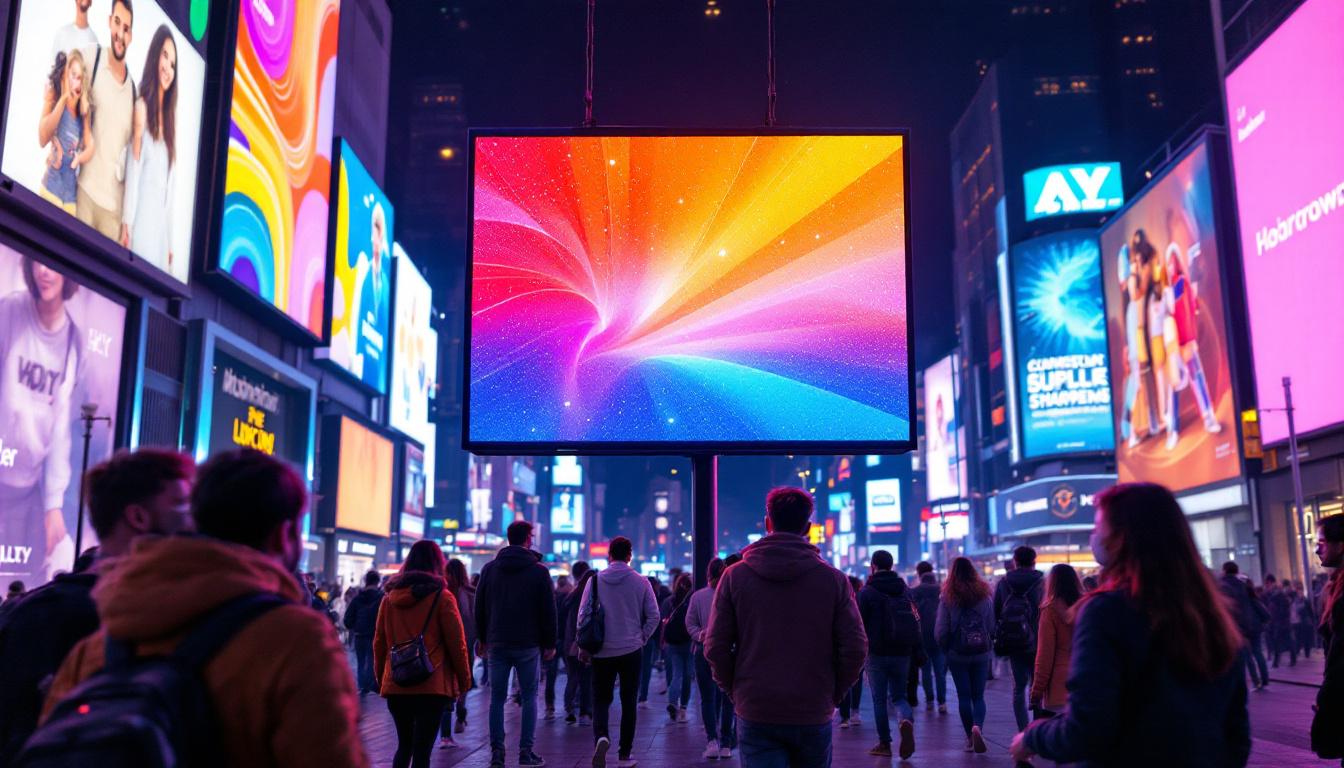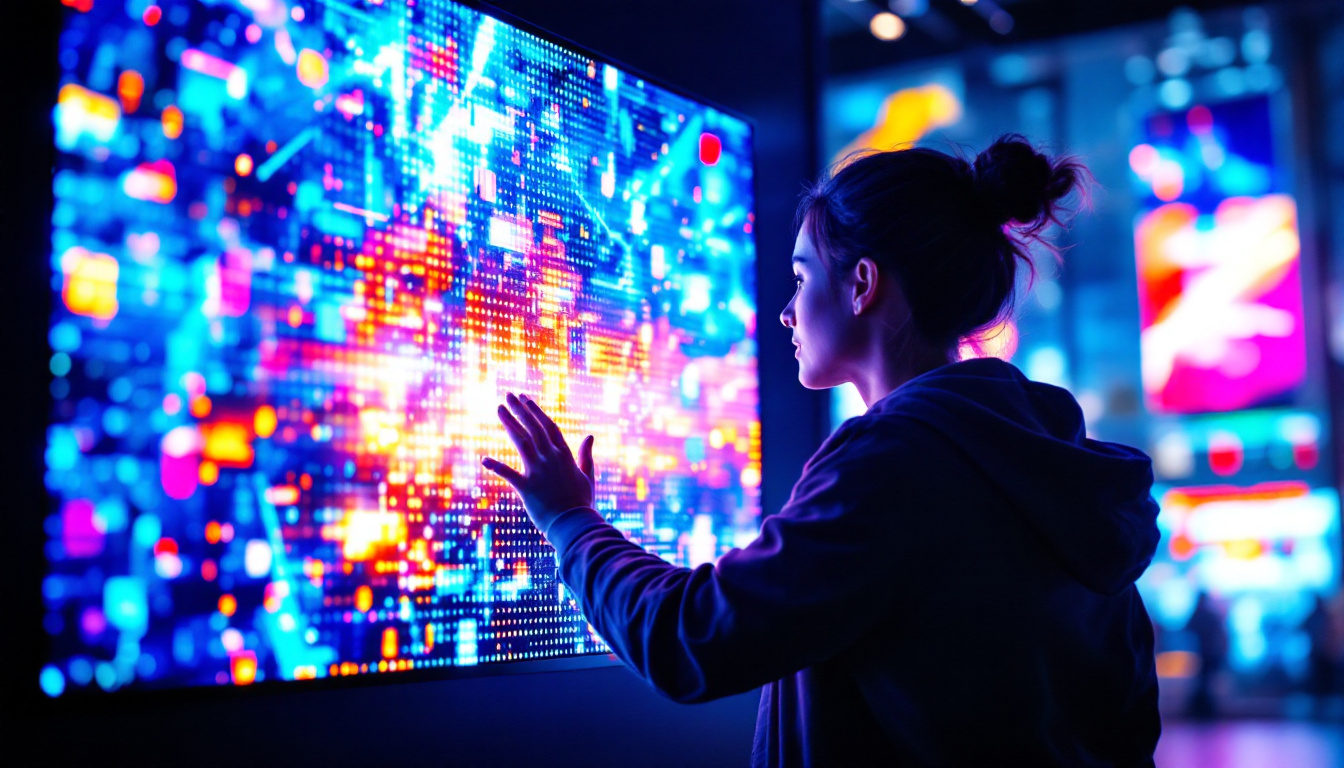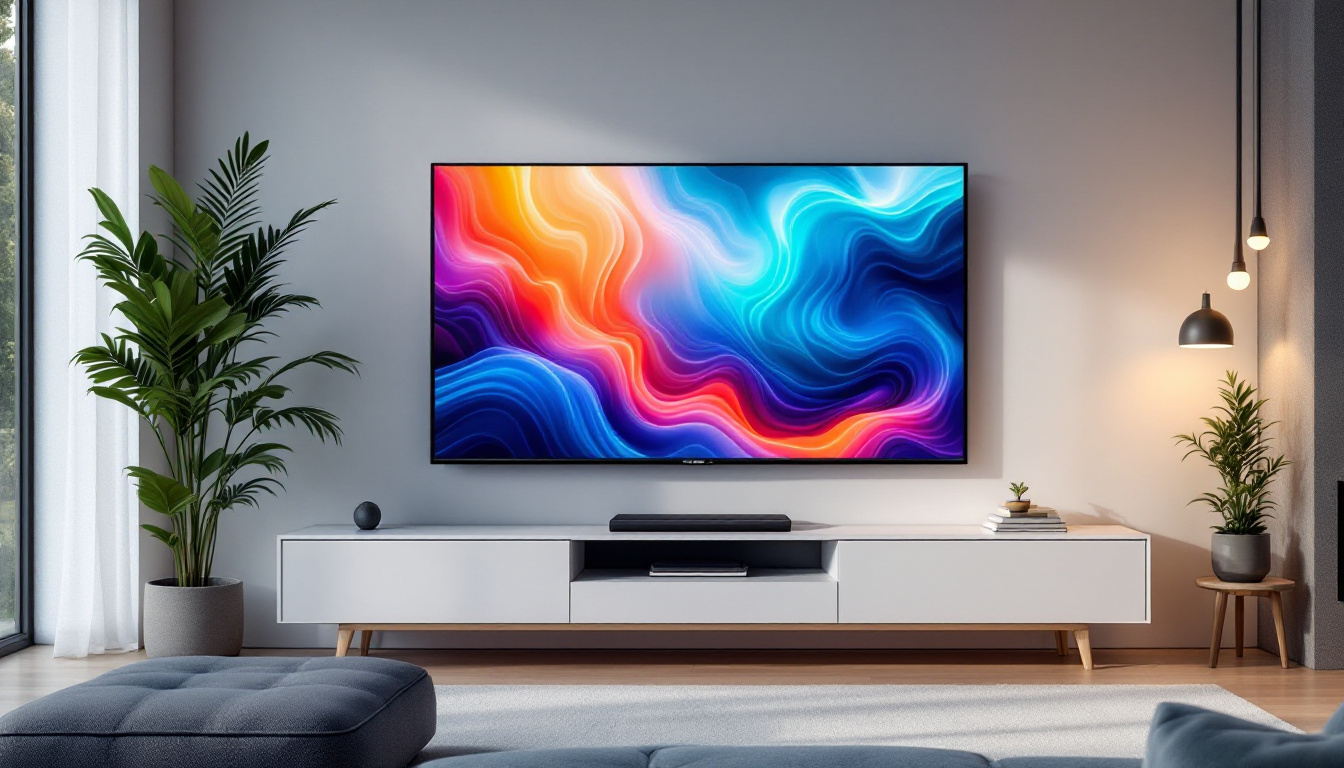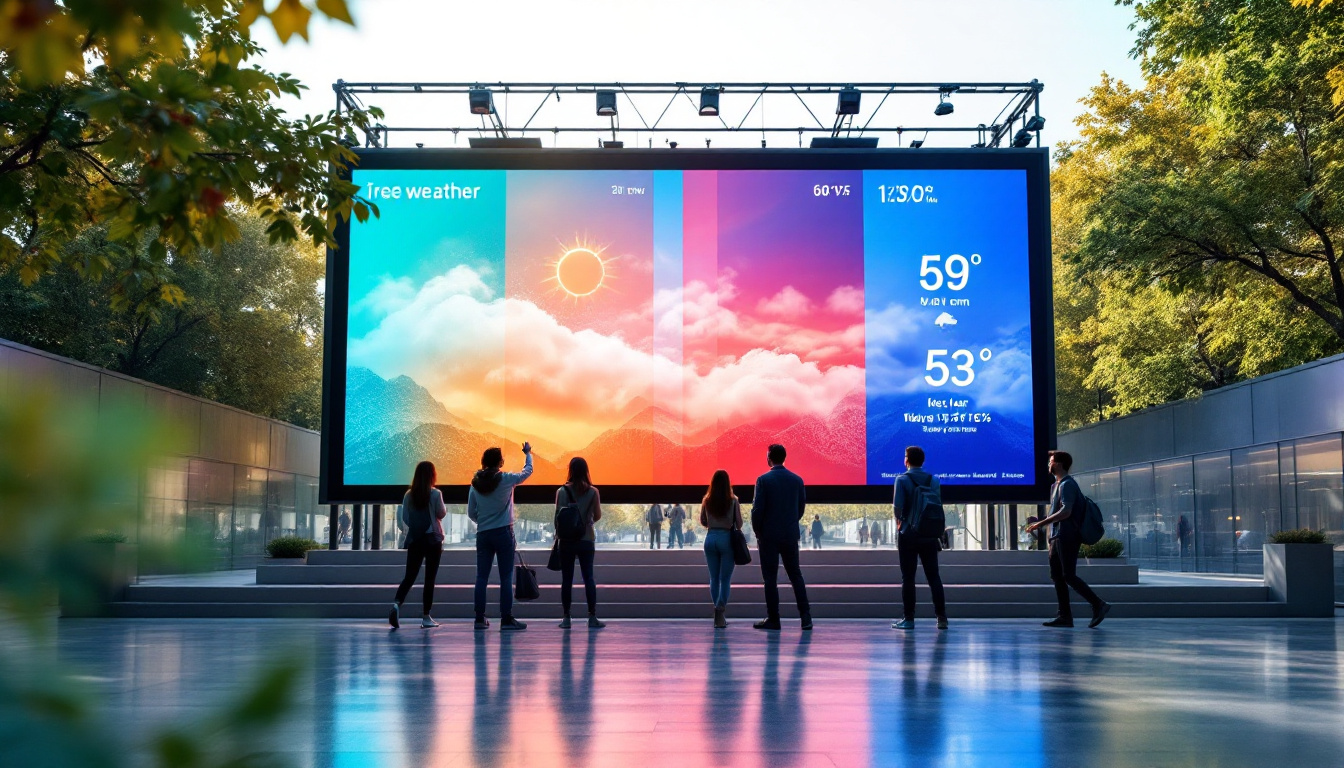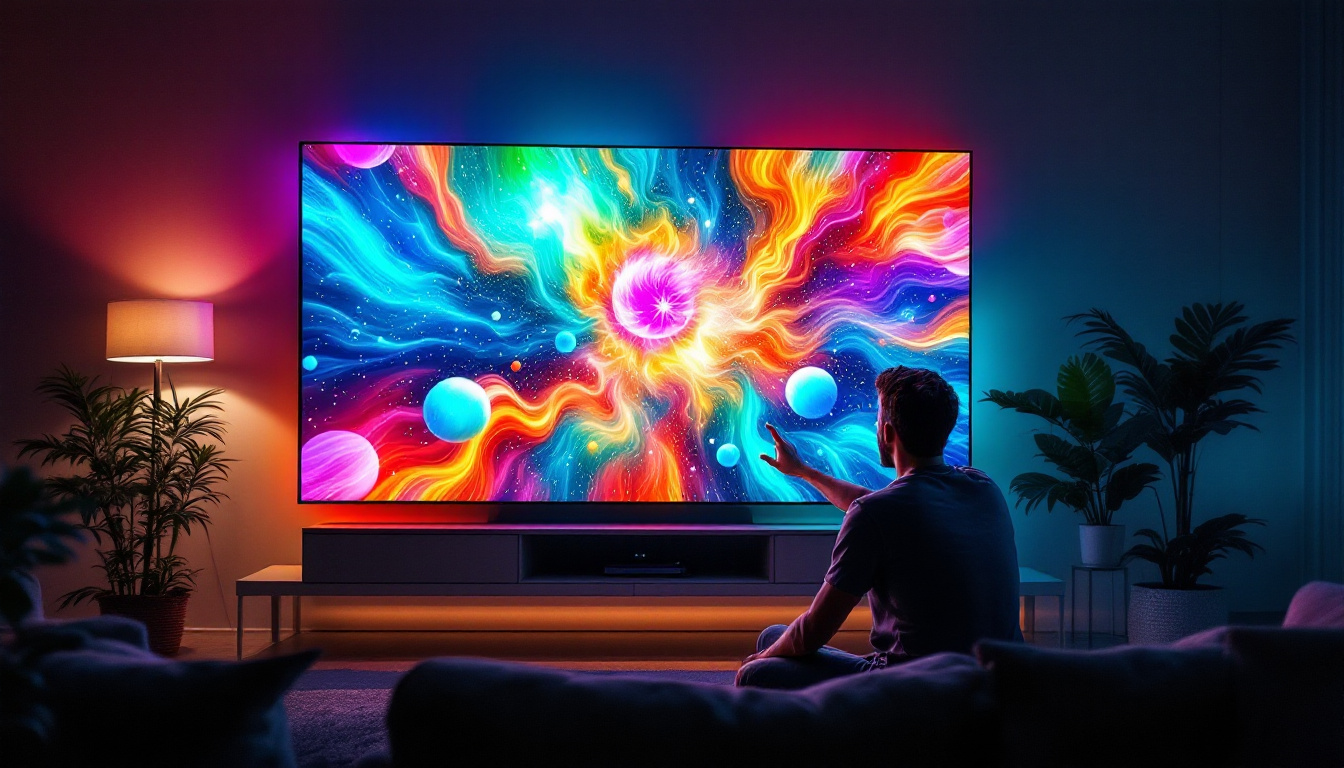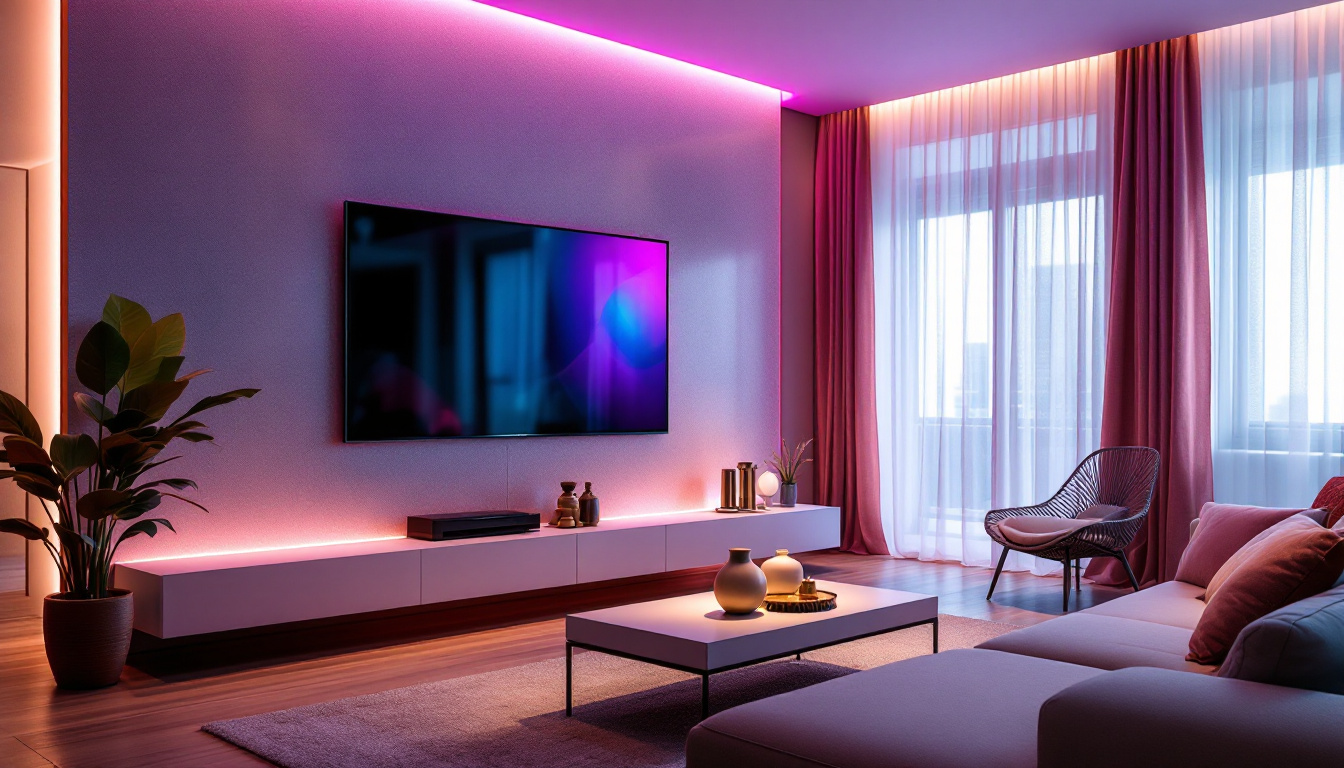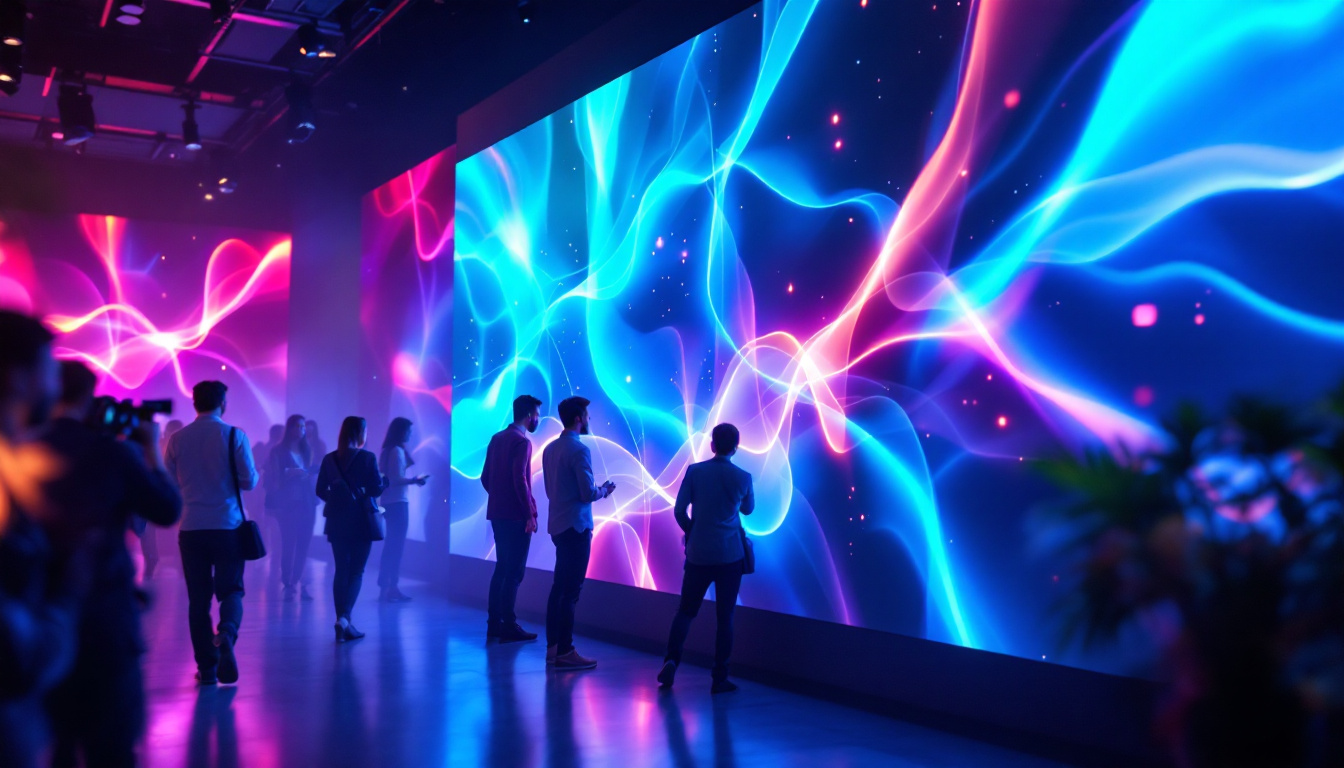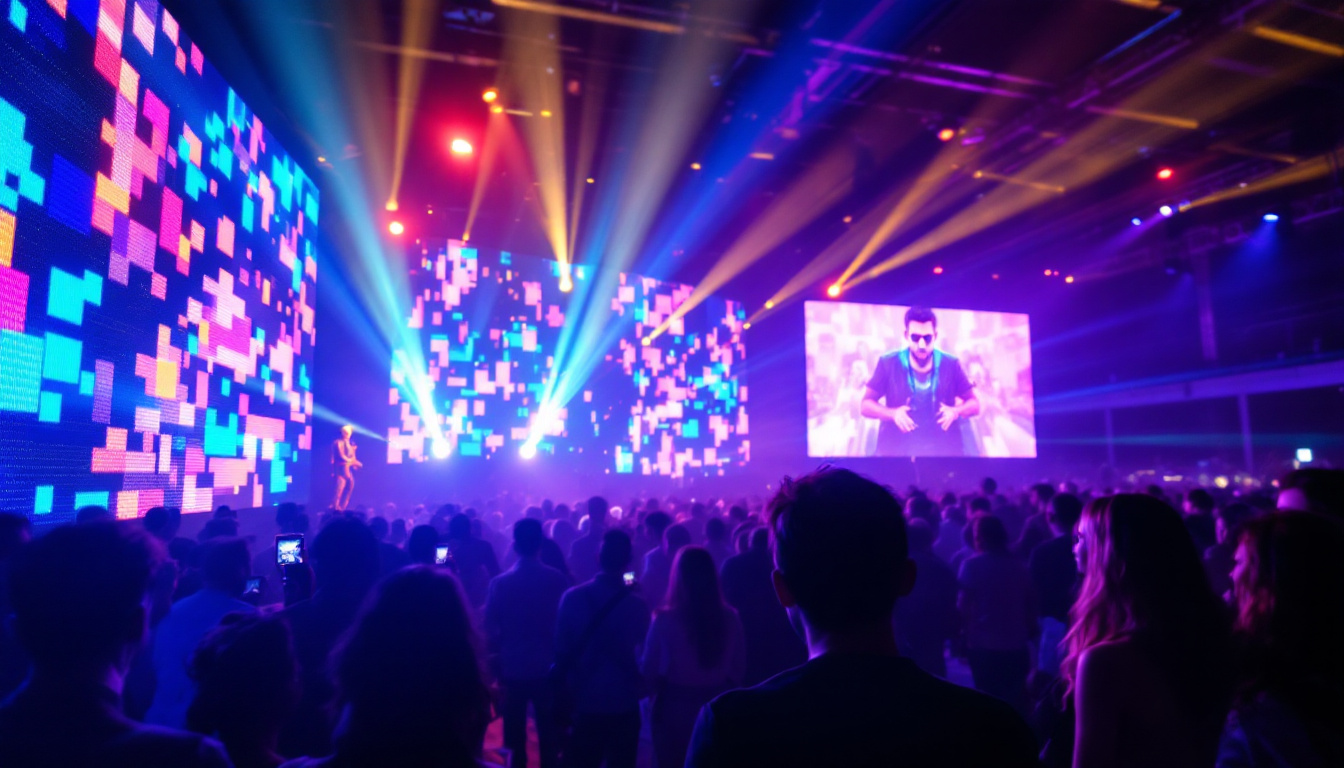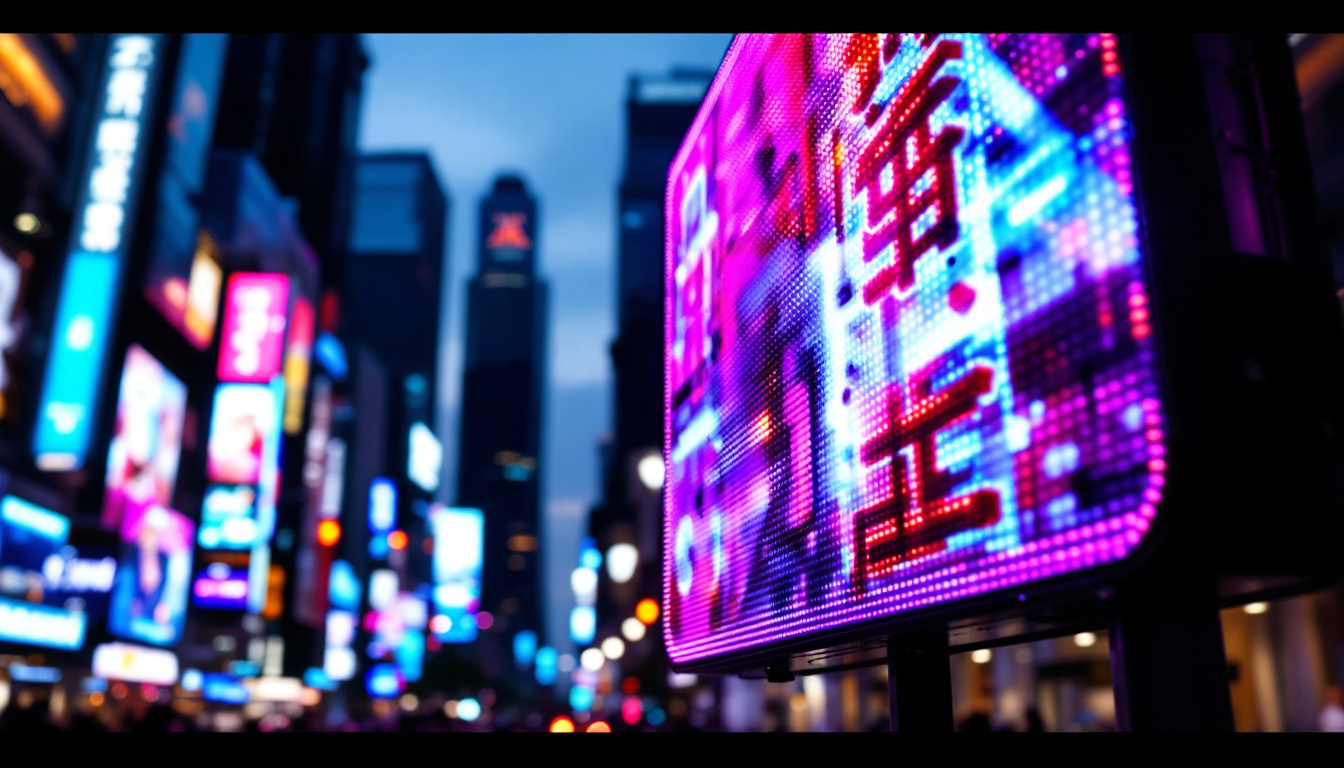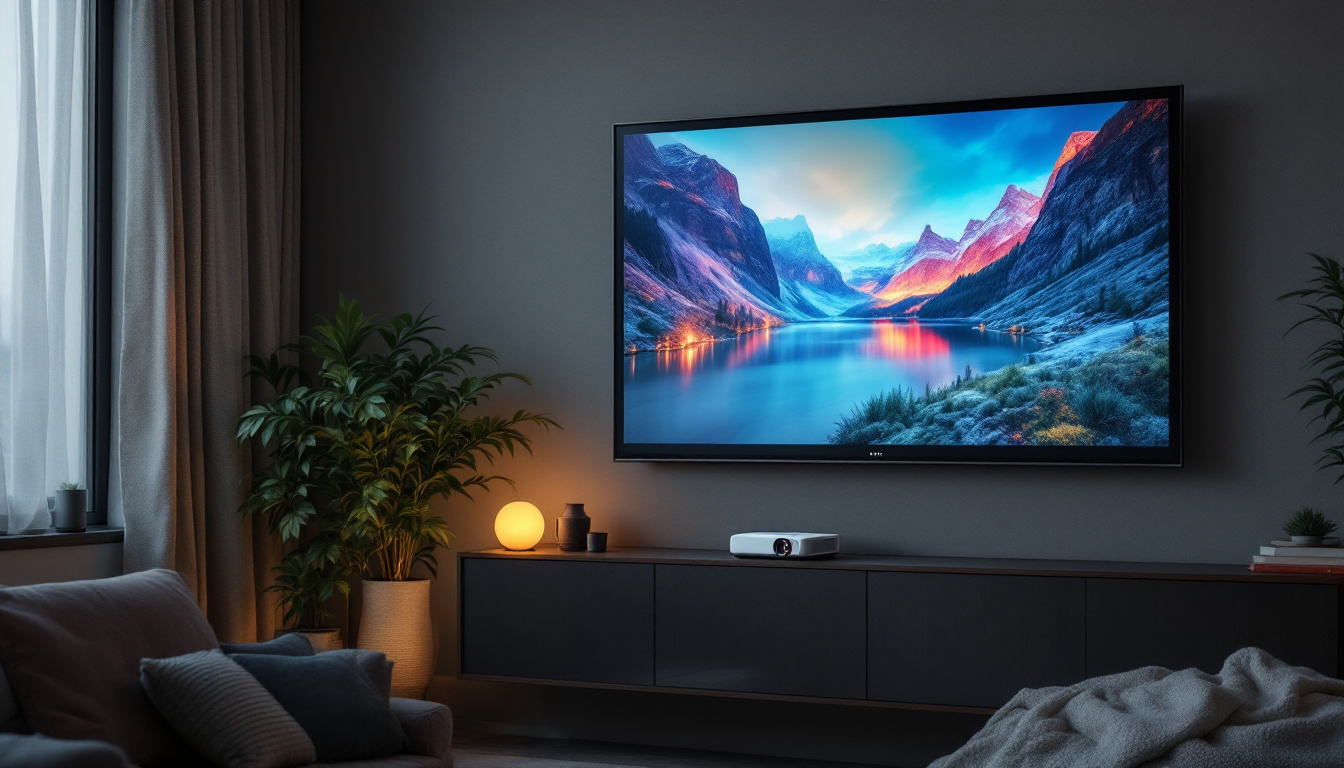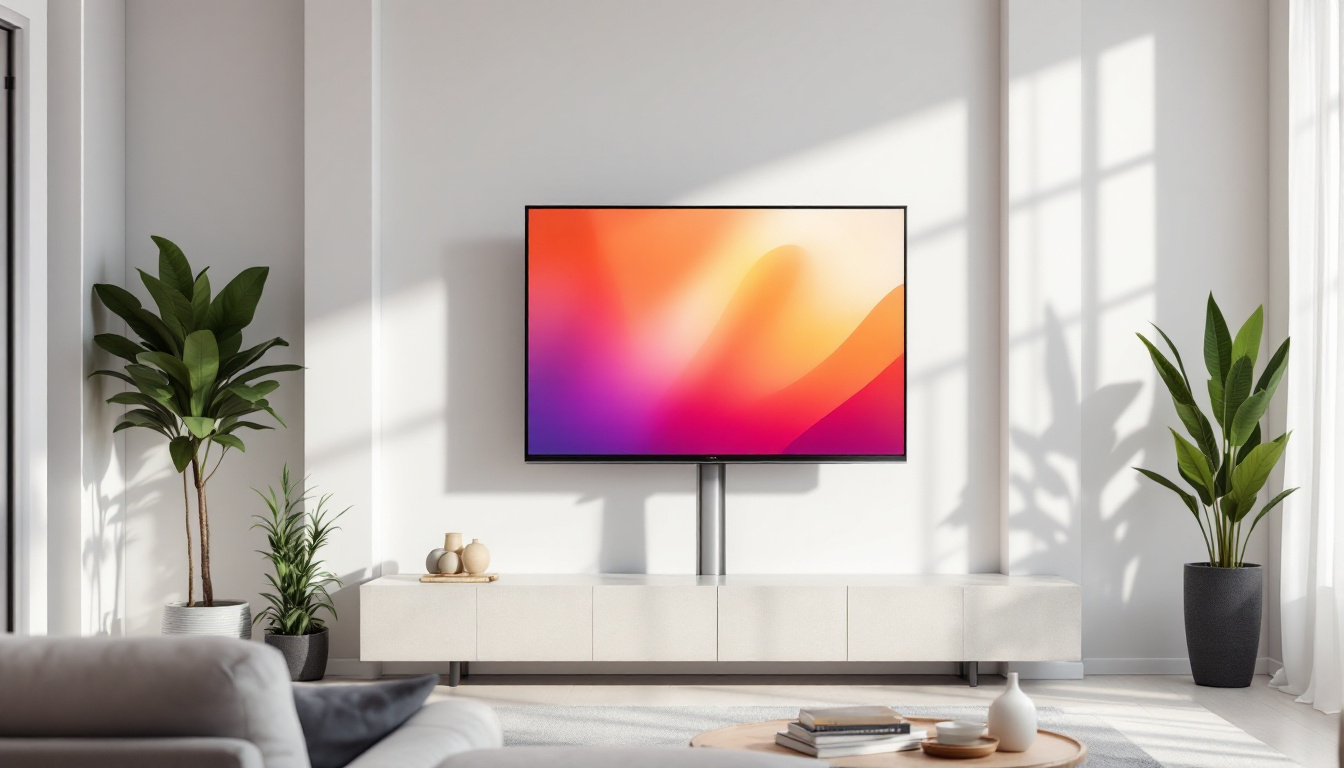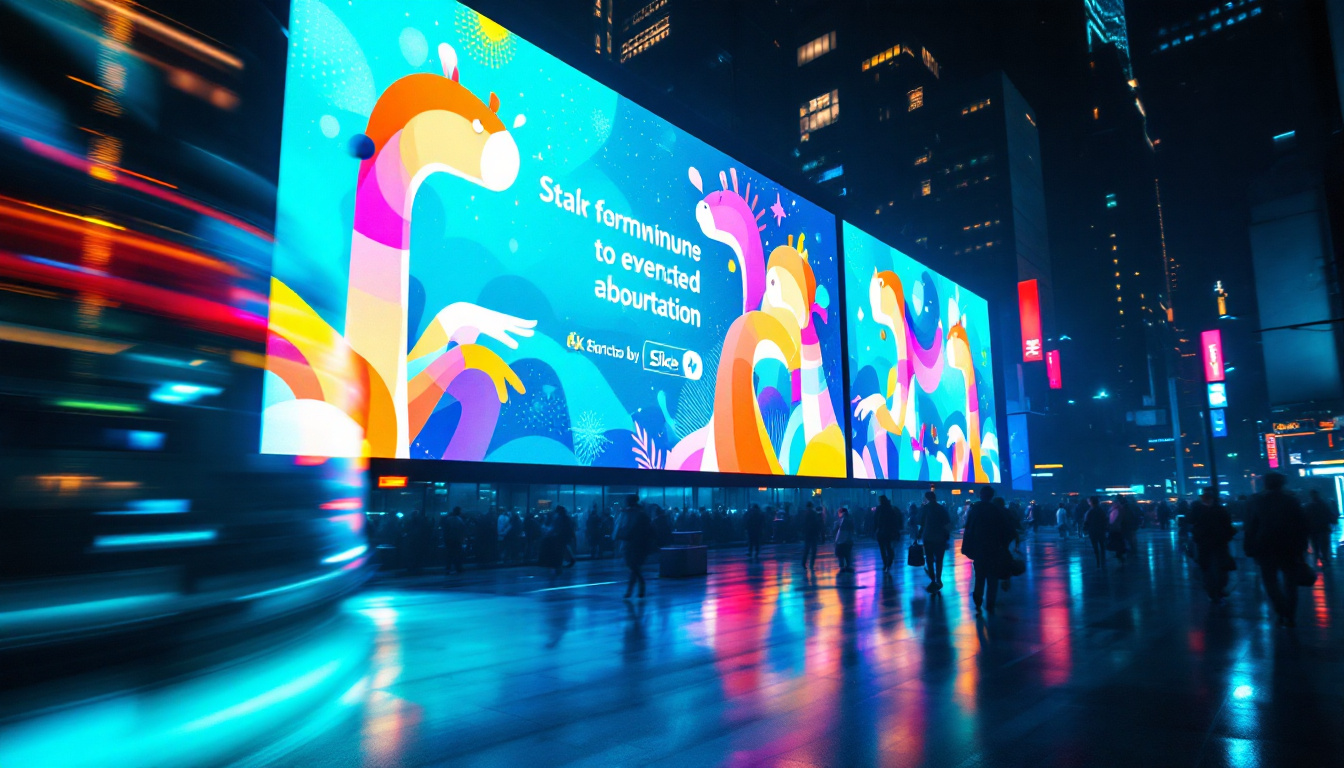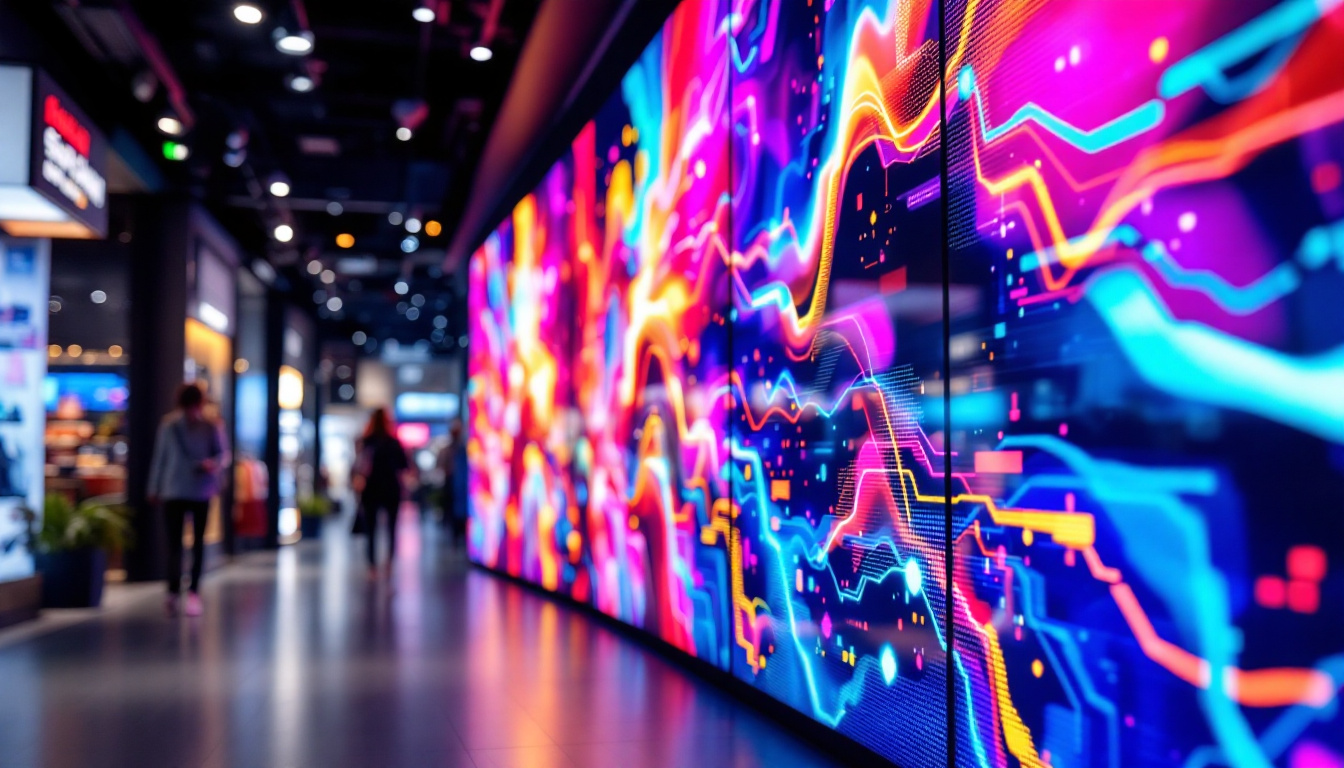Times Square, often referred to as “The Crossroads of the World,” is renowned for its dazzling lights and vibrant atmosphere. At the heart of this iconic location are the massive LED displays that capture the attention of millions of visitors each year. These screens are not just a feast for the eyes; they represent a significant technological advancement in advertising and entertainment. This article delves into the intricate world of LED displays, specifically focusing on those found in Times Square.
The Evolution of LED Technology
LED (Light Emitting Diode) technology has come a long way since its inception. Originally used for simple indicator lights, LEDs have evolved into sophisticated displays capable of presenting high-resolution images and videos. The transition from traditional incandescent bulbs to LEDs has transformed not only the way we illuminate spaces but also how we convey information and advertisements.
Early Beginnings
The journey of LED technology began in the early 1960s, with the development of the first visible-spectrum LED. Initially, these diodes emitted a limited range of colors, primarily red. However, as research and development progressed, the spectrum expanded to include green, blue, and eventually white light. This expansion paved the way for the creation of full-color displays, which are now commonplace in venues like Times Square.
Advancements in Display Technology
Over the years, advancements in LED technology have led to significant improvements in brightness, energy efficiency, and lifespan. Modern LED displays utilize a combination of red, green, and blue diodes to create a full spectrum of colors. This RGB model allows for vibrant and dynamic visuals that can be seen clearly even in bright daylight, making them ideal for outdoor advertising in bustling locations like Times Square.
As technology has progressed, the integration of smart features into LED displays has further enhanced their functionality. Many modern LED screens are now equipped with sensors that adjust brightness according to ambient light conditions, ensuring optimal visibility while conserving energy. Additionally, the rise of digital signage has transformed how businesses communicate with consumers, allowing for real-time updates and interactive content that can engage audiences in unprecedented ways. This adaptability has made LED displays a preferred choice for everything from retail environments to sports arenas, where capturing attention is crucial.
Impact on Energy Consumption
The shift towards LED technology has also had a profound impact on energy consumption. Compared to traditional lighting solutions, LEDs consume significantly less power, which not only reduces electricity bills but also lowers carbon footprints. This energy efficiency is particularly important in urban areas where lighting contributes to a large portion of energy usage. Furthermore, the longevity of LED lights—often lasting tens of thousands of hours—means less frequent replacements, resulting in decreased waste and lower maintenance costs. As cities around the world strive for sustainability, the adoption of LED technology in street lighting and public spaces is becoming increasingly common, showcasing a commitment to greener practices.
The Anatomy of an LED Display
Understanding the structure of an LED display is essential to appreciate its functionality and appeal. Each display is composed of numerous individual LED modules that work together to create cohesive images and videos. The arrangement and technology behind these modules determine the overall performance and quality of the display. These modules are often encased in durable materials designed to withstand various environmental conditions, ensuring longevity and reliability in outdoor settings.
Pixel Configuration
At the core of any LED display is its pixel configuration. Pixels are the smallest units of an image, and their arrangement directly affects the resolution of the display. In Times Square, displays often feature high pixel density, allowing for crisp and clear images even from a distance. The closer the pixels are to one another, the higher the resolution, which is crucial for attracting viewers in a crowded environment. Moreover, advancements in pixel technology, such as the introduction of microLEDs, are paving the way for even smaller pixel sizes, enabling displays to achieve unprecedented levels of detail and clarity.
Brightness and Contrast
Brightness is another critical factor in LED displays. The screens in Times Square are designed to emit high levels of brightness, ensuring visibility even in direct sunlight. This capability is achieved through advanced LED technology that enhances luminance while maintaining color accuracy. Additionally, contrast ratios play a significant role in how images are perceived. High contrast ratios allow for deeper blacks and more vibrant colors, making advertisements more eye-catching. Furthermore, modern LED displays often incorporate adaptive brightness features that adjust the screen’s luminance based on ambient light conditions, optimizing visibility at all times of day and enhancing the overall viewing experience for passersby.
Color Accuracy and Gamut
Color accuracy is paramount in LED displays, especially for advertising and artistic installations. A display that can reproduce a wide color gamut will present images that are more lifelike and engaging. Technologies such as RGB (red, green, blue) color mixing allow for the creation of a vast array of colors, while advanced calibration techniques ensure that these colors remain consistent across different viewing angles. This is particularly important in bustling environments like Times Square, where viewers may be positioned at various distances and angles relative to the display. As a result, the ability to maintain color fidelity not only enhances the aesthetic appeal but also reinforces brand messaging in a competitive visual landscape.
Applications of LED Displays in Times Square
The applications of LED displays in Times Square are as diverse as the audience they attract. From advertising major brands to broadcasting live events, these screens serve multiple purposes that enhance the overall experience of visitors.
Advertising and Branding
One of the primary uses of LED displays in Times Square is advertising. Major brands invest heavily in securing space on these screens to showcase their products and services. The high visibility and foot traffic in the area make it an ideal location for advertising campaigns. Brands often create visually stunning content that captures the attention of passersby, utilizing the dynamic capabilities of LED technology to engage their audience.
Entertainment and Events
In addition to advertising, LED displays are frequently used for entertainment purposes. Times Square hosts various events throughout the year, including New Year’s Eve celebrations, live concerts, and public broadcasts of major sporting events. The LED screens provide a platform for live streaming these events, allowing large crowds to enjoy the experience together. This communal aspect enhances the festive atmosphere of Times Square, making it a popular destination for both locals and tourists.
The Impact of LED Displays on Urban Life
The presence of LED displays in urban environments like Times Square has a profound impact on city life. They not only contribute to the aesthetic appeal of the area but also influence social interactions and commerce.
Cultural Significance
LED displays have become a cultural symbol of modern urban life. The vibrant colors and dynamic content reflect the energy of the city, making Times Square a visual representation of New York’s fast-paced lifestyle. These screens often feature art installations, public service announcements, and community messages, fostering a sense of connection among residents and visitors alike.
Economic Influence
The economic impact of LED displays cannot be overstated. By attracting tourists and locals, these screens contribute significantly to the local economy. Businesses in the vicinity benefit from increased foot traffic, while advertisers gain access to a vast audience. The revenue generated from advertising on these displays is substantial, further solidifying Times Square’s status as a commercial hub.
Challenges and Considerations
While LED displays offer numerous benefits, they also present challenges that must be addressed. From environmental concerns to regulatory issues, the deployment of these screens requires careful consideration.
Environmental Impact
The environmental impact of LED displays is a growing concern. Although LEDs are more energy-efficient than traditional lighting, the production and disposal of electronic components can contribute to electronic waste. Additionally, the brightness of these displays can lead to light pollution, affecting both human health and wildlife. As cities continue to embrace LED technology, finding sustainable solutions becomes increasingly important.
Regulatory Challenges
Regulatory challenges also play a significant role in the deployment of LED displays. local governments often impose restrictions on the size, brightness, and content of digital signage to maintain the character of the urban landscape. Navigating these regulations can be complex for businesses looking to advertise in high-profile locations like Times Square. Collaboration between stakeholders, including city officials and business owners, is essential to create a balanced approach that benefits everyone.
The Future of LED Displays
The future of LED displays is bright, with ongoing advancements in technology and design. As the demand for more engaging and interactive content grows, so too will the capabilities of these displays.
Innovative Technologies
Emerging technologies such as augmented reality (AR) and virtual reality (VR) are beginning to influence the design of LED displays. These innovations allow for immersive experiences that blend the digital and physical worlds, creating new opportunities for advertising and entertainment. As these technologies evolve, they will likely be integrated into LED displays, enhancing their appeal and functionality.
Sustainability Initiatives
In response to environmental concerns, the industry is also focusing on sustainability. Manufacturers are exploring eco-friendly materials and energy-efficient designs to minimize the environmental footprint of LED displays. Additionally, initiatives to recycle electronic components are gaining traction, helping to address the issue of electronic waste. As sustainability becomes a priority for consumers and businesses alike, the LED display industry will need to adapt to meet these demands.
Conclusion
The LED displays of Times Square are more than just technological marvels; they are integral to the fabric of urban life. From their historical evolution to their current applications and future potential, these screens represent a convergence of art, technology, and commerce. As cities continue to embrace digital signage, the lessons learned from Times Square will undoubtedly shape the future of urban advertising and entertainment.
As technology advances and societal needs evolve, the role of LED displays will continue to grow. Whether enhancing the vibrancy of city life or providing a platform for creative expression, these displays will remain a defining feature of urban landscapes for years to come.
Illuminate Your Brand with LumenMatrix
As you’ve seen, LED displays like those in Times Square are transforming urban environments into dynamic canvases for creativity and connection. If you’re inspired to elevate your brand’s presence with the same level of vibrancy and innovation, LumenMatrix is your partner in this journey. Specializing in a wide array of LED display solutions—from Indoor and Outdoor LED Wall Displays to specialized options like Vehicle, Sports, and Floor LED Displays—LumenMatrix is at the forefront of creating immersive visual experiences. Embrace the future of advertising and make a lasting impression with our Custom, All-in-One, and LED Transparent Displays. Check out LumenMatrix LED Display Solutions today and let your message shine with clarity and impact.

